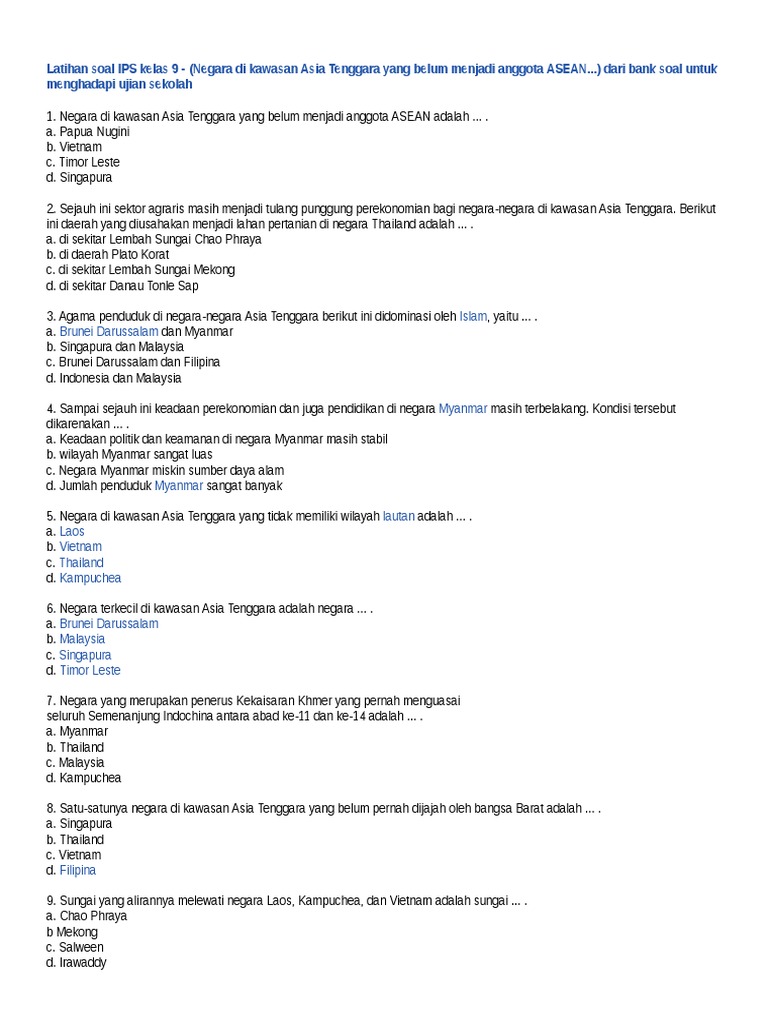Bone Springs Formation. Mostly limestone, in part cherty, thin bedded, dk gray to black, marine megafossils scarse; New exploration in the permian (leonardian) bone spring formation has indicated regional potential in several sandstone sections across portions of the northern delaware basin. The bone spring formation consists of interbedded (settled between existing layers) siliciclastic, carbonate, and shale rocks up to 4,000 feet thick and is divided into four intervals. The bone spring formation includes the three bone spring sands and similarly named carbonate sections, as well as the avalon shale, that sits between the shallower delaware sands and the deeper wolfcamp.
 Breaking Down the Bone Springs Geology and Production From info.drillinginfo.com
Breaking Down the Bone Springs Geology and Production From info.drillinginfo.com
Carbonates of the bone spring formation and basinal sandstones of the delaware mountain group. Established in 1962 when the marathon 1 state npa flowed 114 b/d of oil from the bone spring, this became the first large field in the bone spring formation. The cutoff ridge formation is the equivalent in the outer shelf to slope (lower and middle victorio peak and bone spring formations). Wells then tapped into carbonate lenses and, ultimately, low permeability sandstones. The bone spring formation consists of interbedded (settled between existing layers) siliciclastic, carbonate, and shale rocks up to 4,000 feet thick and is divided into four intervals. The initial targets in the bone spring were conventional sandstones.
Bone spring formation with a total thickness of 4,000 feet, the bone spring formation is comprised of interbedded siliciclastic, carbonate, and shale that is further subdivided into 3 intervals.
Predicting productivity in the bone springs formation the three subject wells were all drilled in 2013 and 2014, targeting the bone springs formation. The bone spring formation reaches a maximum gross thickness of 3,400 ft. The first bone spring was the focus of early horizontal development in 2009 through 2012 in the. The bone spring to strawn strata represents an extremely prolific resource play and this study provides a petrophysical and geologic analysis of key wells in the delaware basin. Its members include the first, second and third bone spring. The sandstone said to become more arkosic to the north and northeast.
 Source: phys.org
Source: phys.org
Map showing, avalon, 3rd bone spring, wolfcamp shale, wolfbone Fourteen wells had produced over 1.3. The entire formation consists of 1000 feet of shales, sandstones, reddish colored siltstones and thin beds of limestone and gypsum. Predicting productivity in the bone springs formation the three subject wells were all drilled in 2013 and 2014, targeting the bone springs formation. Significant production has been established in the first, second, and third bone spring sandstones, as well as in a new reservoir interval, the avalon sandstone, above.
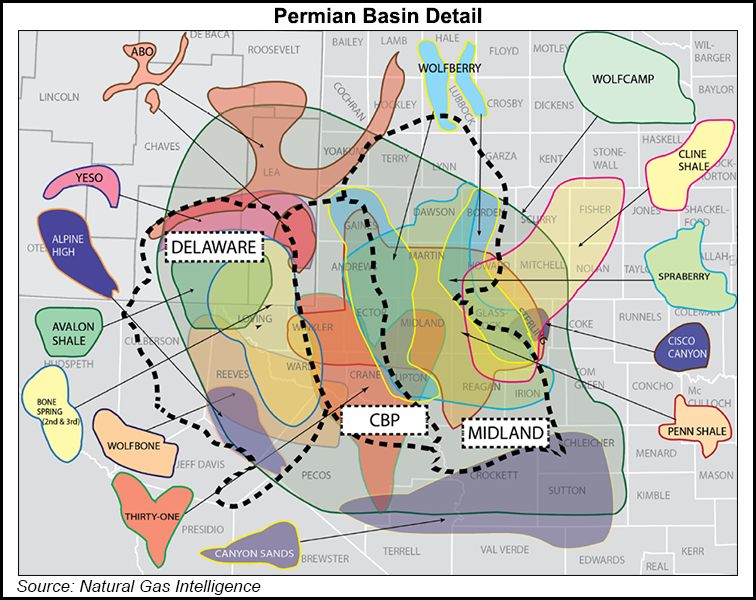 Source: naturalgasintel.com
Source: naturalgasintel.com
The cutoff ridge formation is the equivalent in the outer shelf to slope (lower and middle victorio peak and bone spring formations). New exploration in the permian (leonardian) bone spring formation has indicated regional potential in several sandstone sections across portions of the northern delaware basin. Established in 1962 when the marathon 1 state npa flowed 114 b/d of oil from the bone spring, this became the first large field in the bone spring formation. Bassal dark limestone series in guadalupe and delaware mountains, culberson co. The bone spring formation, eia noted, lies directly under the delaware mountain group and over the wolfcamp formation, and it consists of interbedded siliciclastic, carbonate and shale rocks up to.
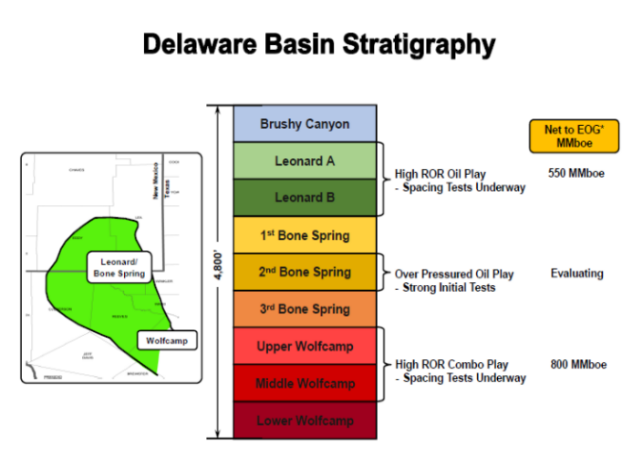 Source: seekingalpha.com
Source: seekingalpha.com
The bone spring formation, eia noted, lies directly under the delaware mountain group and over the wolfcamp formation, and it consists of interbedded siliciclastic, carbonate and shale rocks up to. It consists of the first, second and third carbonate and the first, second and third sandstone, as well as the informally named avalon sandstone. Map showing, avalon, 3rd bone spring, wolfcamp shale, wolfbone The bone spring formation includes the three bone spring sands and similarly named carbonate sections, as well as the avalon shale, that sits between the shallower delaware sands and the deeper wolfcamp. Significant production has been established in the first, second, and third bone spring sandstones, as well as in a new reservoir interval, the avalon sandstone, above.
 Source: info.drillinginfo.com
Source: info.drillinginfo.com
This paper will focus on the youngest sand sequence, the first bone spring. Nutech provides insight into the connectivity of textural attributes of the wells with nulook shale analysis, attribute mapping from nuview, and formation brittleness and fracability. The bone spring formation, eia noted, lies directly under the delaware mountain group and over the wolfcamp formation, and it consists of interbedded siliciclastic, carbonate and shale rocks up to. 930), also called bone canyon member (king, 1930, p. The delaware basin play assessment divides the avalon/bone spring formations into eight interpreted zones.
 Source: eia.gov
Source: eia.gov
All completions were executed in a similar fashion; The leonardian bone spring formation especially displays this lithologic alternation and is comprised primarily of three major siliciclastic members divided by carbonates that are named in order of increasing depth (figure 2), in addition to regional members such as the avalon and harkey mills sandstone. Bone spring formation with a total thickness of 4,000 feet, the bone spring formation is comprised of interbedded siliciclastic, carbonate, and shale that is further subdivided into 3 intervals. The delaware basin play assessment divides the avalon/bone spring formations into eight interpreted zones. Carbonates of the bone spring formation and basinal sandstones of the delaware mountain group.
 Source: eia.gov
Source: eia.gov
Sandstones of the bone spring formation (leonardian) with significant potential in the northern portion of the delaware basin include the avalon sandstone and third bone spring sandstone intervals. These intervals are named, from top to bottom, the first, second, and third bone spring. Nutech provides insight into the connectivity of textural attributes of the wells with nulook shale analysis, attribute mapping from nuview, and formation brittleness and fracability. Map showing, avalon, 3rd bone spring, wolfcamp shale, wolfbone Established in 1962 when the marathon 1 state npa flowed 114 b/d of oil from the bone spring, this became the first large field in the bone spring formation.
 Source: phys.org
Source: phys.org
The bone spring formation lies comformably above the wolfcamp. Wells then tapped into carbonate lenses and, ultimately, low permeability sandstones. However, sands grade to more shale prone facies deeper in. Its members include the first, second and third bone spring. The delaware basin play assessment divides the avalon/bone spring formations into eight interpreted zones.
 Source: eia.gov
Source: eia.gov
The bone spring formation includes the three bone spring sands and similarly named carbonate sections, as well as the avalon shale, that sits between the shallower delaware sands and the deeper wolfcamp. Production and proved reserves in the permian basin�s wolfcamp shale and bone spring formation are reaching new heights, and a new assessment from the us geological survey (usgs) indicates the industry is just scratching the subsurface when it comes to what may be technically recoverable. The cutoff ridge formation is the equivalent in the outer shelf to slope (lower and middle victorio peak and bone spring formations). The bone spring to strawn strata represents an extremely prolific resource play and this study provides a petrophysical and geologic analysis of key wells in the delaware basin. All completions were executed in a similar fashion;
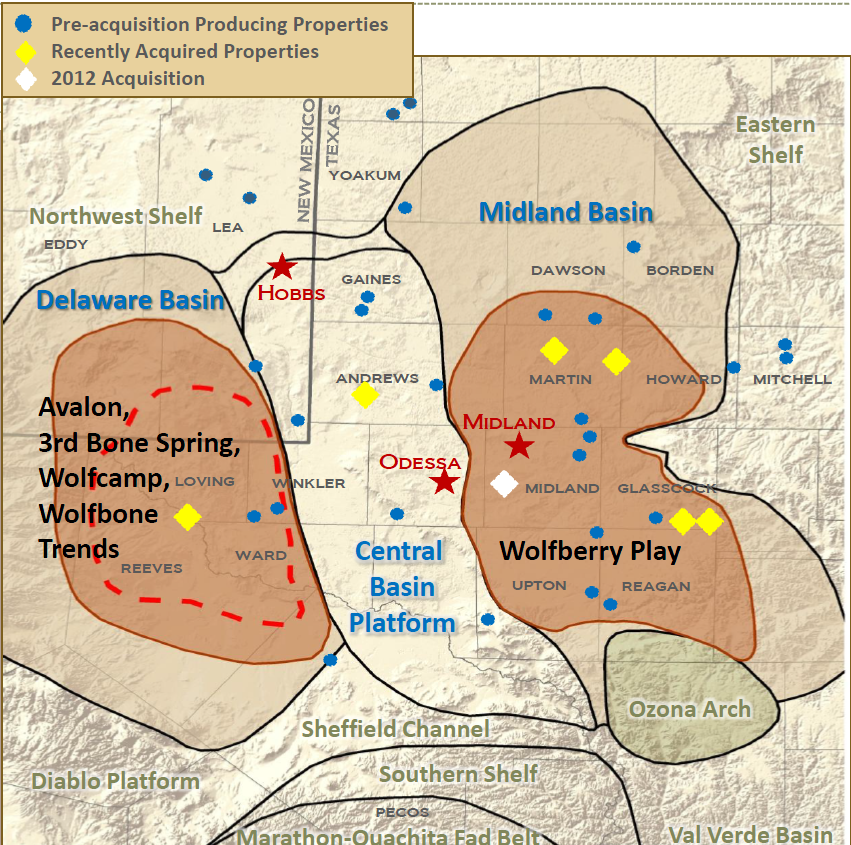 Source: shaleexperts.com
Source: shaleexperts.com
The bone spring formation reaches a maximum gross thickness of 3,400 ft. Mostly limestone, in part cherty, thin bedded, dk gray to black, marine megafossils scarse; The bone spring formation lies comformably above the wolfcamp. The formation is composed of three carbonate units commonly referred to as the 1st, 2nd, and 3rd bone spring carbonates, which are separated by three clastic units, commonly referred to as the 1st, 2nd,. Its members include the first, second and third bone spring.
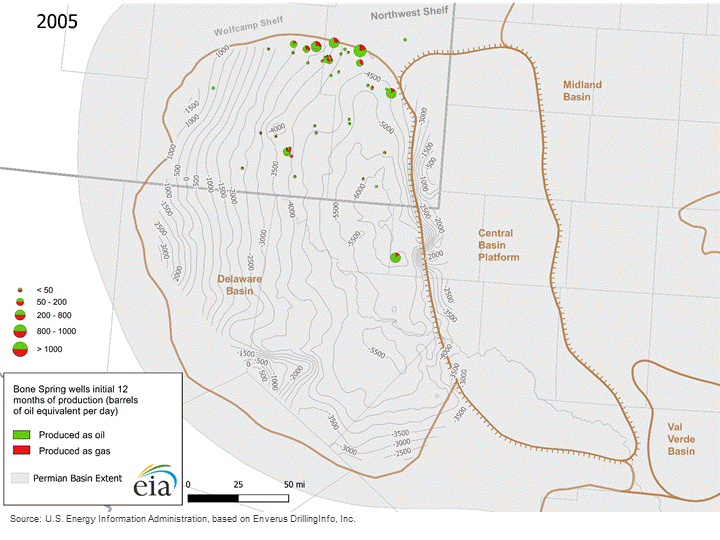 Source: eia.gov
Source: eia.gov
The bone spring formation reaches a maximum gross thickness of 3,400 ft. The sandstone said to become more arkosic to the north and northeast. Its members include the first, second and third bone spring. Wells then tapped into carbonate lenses and, ultimately, low permeability sandstones. The initial targets in the bone spring were conventional sandstones.
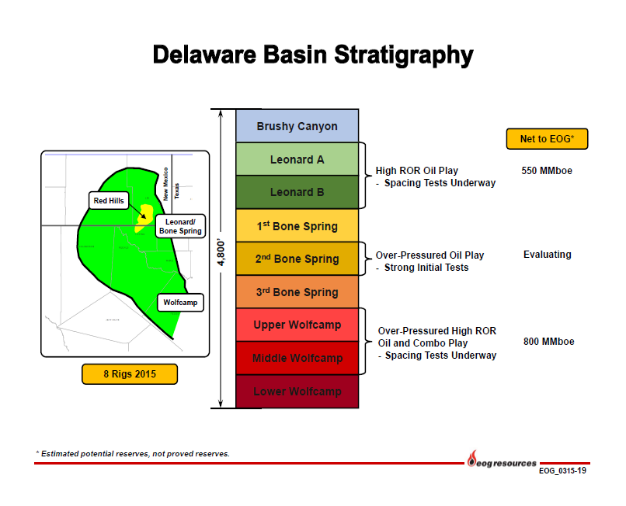 Source: seekingalpha.com
Source: seekingalpha.com
New exploration in the permian (leonardian) bone spring formation has indicated regional potential in several sandstone sections across portions of the northern delaware basin. The bone spring formation is a thick sequence of interbedded sandstones, carbonates and shale at depths ranging from 6,000 to 13,000 feet gradually getting deeper towards the south. For the scope of this post, i have limited the zones down to four: The bone spring formation reaches a maximum gross thickness of 3,400 ft. The cutoff ridge formation is the equivalent in the outer shelf to slope (lower and middle victorio peak and bone spring formations).
 Source: info.drillinginfo.com
Source: info.drillinginfo.com
The entire formation consists of 1000 feet of shales, sandstones, reddish colored siltstones and thin beds of limestone and gypsum. The bone spring to strawn strata represents an extremely prolific resource play and this study provides a petrophysical and geologic analysis of key wells in the delaware basin. Established in 1962 when the marathon 1 state npa flowed 114 b/d of oil from the bone spring, this became the first large field in the bone spring formation. Nutech provides insight into the connectivity of textural attributes of the wells with nulook shale analysis, attribute mapping from nuview, and formation brittleness and fracability. Production and proved reserves in the permian basin�s wolfcamp shale and bone spring formation are reaching new heights, and a new assessment from the us geological survey (usgs) indicates the industry is just scratching the subsurface when it comes to what may be technically recoverable.
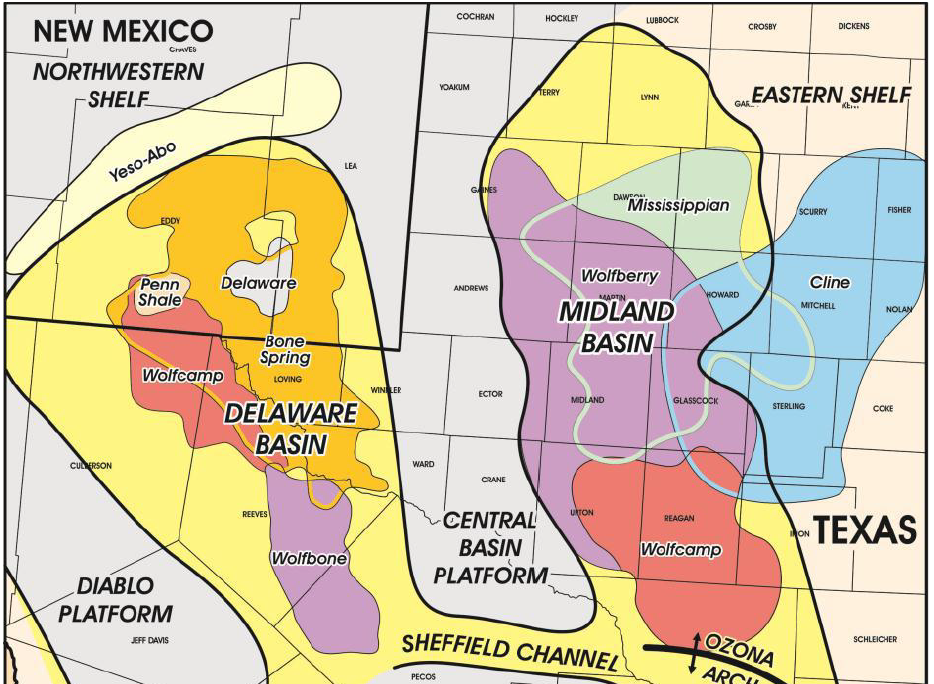 Source: shaleexperts.com
Source: shaleexperts.com
This limestone, referred to by girty (1908, p. Map showing, avalon, 3rd bone spring, wolfcamp shale, wolfbone All completions were executed in a similar fashion; The bone spring formation, eia noted, lies directly under the delaware mountain group and over the wolfcamp formation, and it consists of interbedded siliciclastic, carbonate and shale rocks up to. It consists of the first, second and third carbonate and the first, second and third sandstone, as well as the informally named avalon sandstone.
 Source: researchgate.net
Source: researchgate.net
For the scope of this post, i have limited the zones down to four: Nutech provides insight into the connectivity of textural attributes of the wells with nulook shale analysis, attribute mapping from nuview, and formation brittleness and fracability. The leonardian bone spring formation especially displays this lithologic alternation and is comprised primarily of three major siliciclastic members divided by carbonates that are named in order of increasing depth (figure 2), in addition to regional members such as the avalon and harkey mills sandstone. Some beds of siliceous shale and shaly limest.; The cutoff ridge formation is the equivalent in the outer shelf to slope (lower and middle victorio peak and bone spring formations).
 Source: phys.org
Source: phys.org
Nutech provides insight into the connectivity of textural attributes of the wells with nulook shale analysis, attribute mapping from nuview, and formation brittleness and fracability. However, sands grade to more shale prone facies deeper in. The bone spring formation is subdivided into the 3rd, 2nd, and 1st bone spring sands overalin by the avalon shale. Mostly limestone, in part cherty, thin bedded, dk gray to black, marine megafossils scarse; Limestone, dolomite, sandstone, and shale.
 Source: eia.gov
Source: eia.gov
The best exposure for these sequences is found in the algerita escarpment and the cutoff ridge. The bone spring formation consists of interbedded (settled between existing layers) siliciclastic, carbonate, and shale rocks up to 4,000 feet thick and is divided into four intervals. Bone spring formation with a total thickness of 4,000 feet, the bone spring formation is comprised of interbedded siliciclastic, carbonate, and shale that is further subdivided into 3 intervals. Established in 1962 when the marathon 1 state npa flowed 114 b/d of oil from the bone spring, this became the first large field in the bone spring formation. Carbonates of the bone spring formation and basinal sandstones of the delaware mountain group.
 Source: getfilings.com
Source: getfilings.com
For the scope of this post, i have limited the zones down to four: For the scope of this post, i have limited the zones down to four: The delaware basin play assessment divides the avalon/bone spring formations into eight interpreted zones. All completions were executed in a similar fashion; The best exposure for these sequences is found in the algerita escarpment and the cutoff ridge.
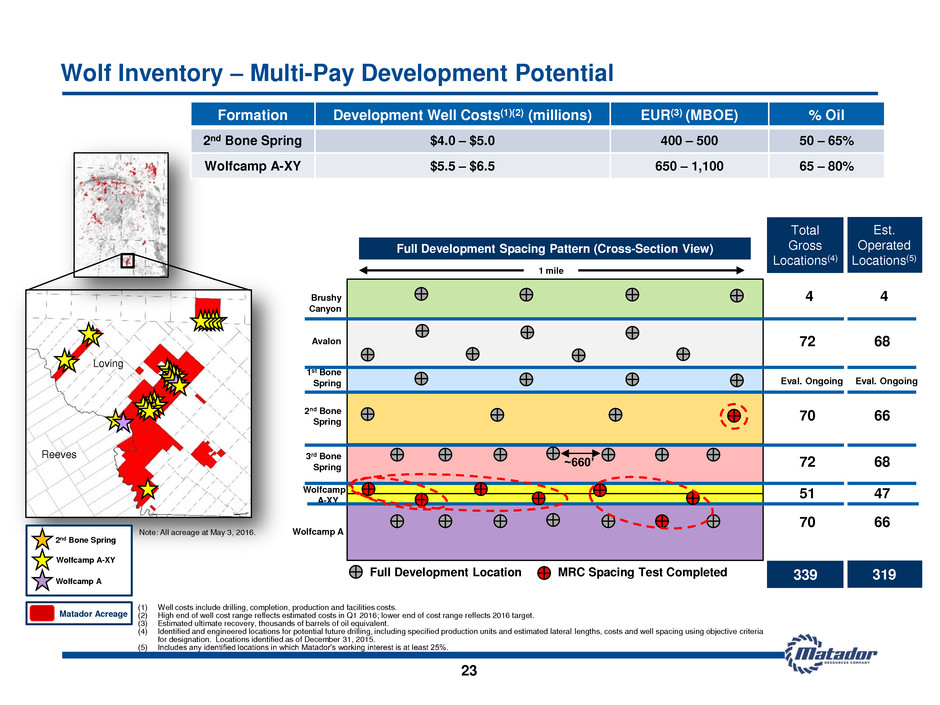 Source: sec.gov
Source: sec.gov
The best exposure for these sequences is found in the algerita escarpment and the cutoff ridge. The topmost interval is the 1st bone spring that also contains the upper and lower avalon shales. Its members include the first, second and third bone spring. This limestone, referred to by girty (1908, p. Limestone, dolomite, sandstone, and shale.
This site is an open community for users to do submittion their favorite wallpapers on the internet, all images or pictures in this website are for personal wallpaper use only, it is stricly prohibited to use this wallpaper for commercial purposes, if you are the author and find this image is shared without your permission, please kindly raise a DMCA report to Us.
If you find this site helpful, please support us by sharing this posts to your favorite social media accounts like Facebook, Instagram and so on or you can also bookmark this blog page with the title bone springs formation by using Ctrl + D for devices a laptop with a Windows operating system or Command + D for laptops with an Apple operating system. If you use a smartphone, you can also use the drawer menu of the browser you are using. Whether it’s a Windows, Mac, iOS or Android operating system, you will still be able to bookmark this website.
